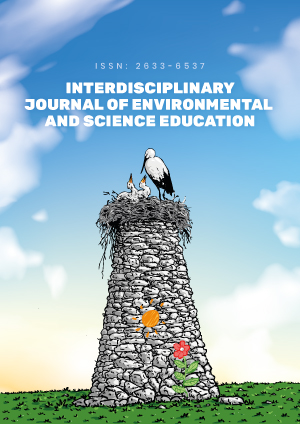Abstract
The present study aims to design an instruction that engages nature of science (NOS) and nature of the sciences (NOTSs) learning objectives with the teaching and learning of a core biological concept or ‘big’ idea, namely homeostasis. The design process involves choices regarding what NOS and NOTSs aspects are to be taught, while the formulation of these aspects is in accordance with science-content learning objectives, such as the understanding of definitional features of homeostasis and human thermoregulatory mechanisms, and difficulties that students face in accomplishing these objectives. Through NOS and NOTSs learning objectives, students are expected to be informed of (a) the theory-laden character of scientific knowledge, (b) the hierarchical organization of primary ontological levels, (c) a model focusing on aspects of biological causality (d) definitional and accompanying features of the notion of mechanism, and (e) how to search for finding mechanisms including the interrelation of structure and function. Moreover, students are instructed in elaborating on their causal reasoning through a model and a metaphor (e.g., air-condition) when considering human thermoregulatory mechanisms. The potential benefits of the teaching of all these items to students’ understanding of homeostasis are also discussed.
License
This is an open access article distributed under the Creative Commons Attribution License which permits unrestricted use, distribution, and reproduction in any medium, provided the original work is properly cited.
Article Type: Research Article
INTERDISCIP J ENV SCI ED, Volume 18, Issue 4, 2022, Article No: e2298
https://doi.org/10.21601/ijese/12311
Publication date: 06 Aug 2022
Article Views: 2956
Article Downloads: 1602
Open Access References How to cite this article
 Full Text (PDF)
Full Text (PDF)